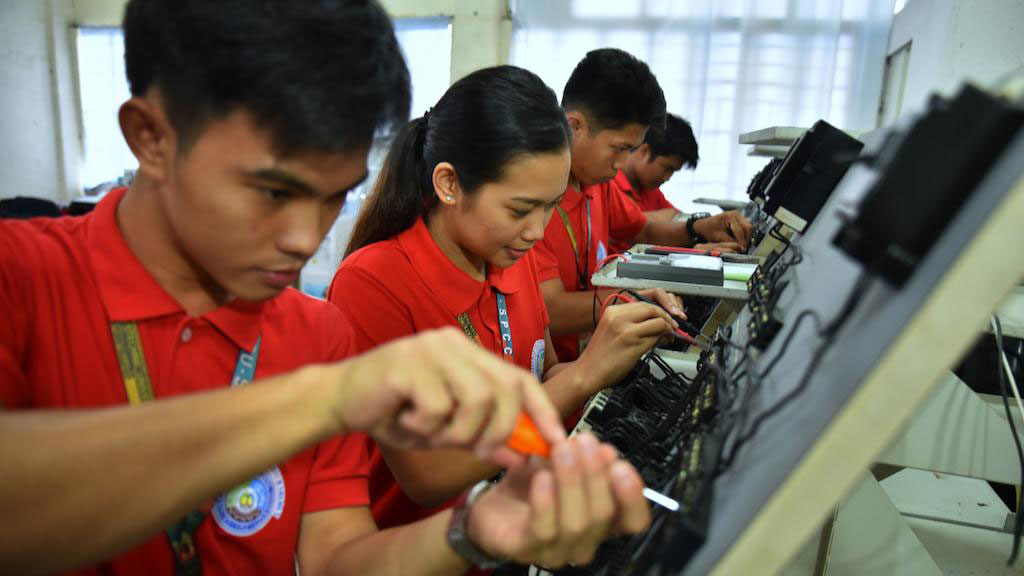Philippines Charts Bold Economic Course for 2025 and Beyond
The Philippines sets ambitious course for sustainable growth through digital transformation, infrastructure development, and climate leadership, positioning itself as a regional economic powerhouse.

Manila skyline showcasing Philippines' modern infrastructure and economic growth
As the Philippines maintains its position as one of Southeast Asia's fastest-growing economies with a 5.6% GDP growth rate, the nation stands at a crucial crossroads between potential and progress. This economic momentum comes as recent economic reforms continue to boost regional development, particularly in emerging business hubs.
Three Pillars of Future Growth
The country's path to sustainable development rests on three key priorities: human capital investment, infrastructure development, and climate resilience. These initiatives align with President Marcos's vision for environmental protection while driving economic growth.
Digital Transformation and Workforce Development
With unemployment at 3.8%, the Philippines faces a critical moment in workforce development. The rise of AI and digital technologies presents both challenges and opportunities, particularly in the business process outsourcing sector. The nation's young, digitally-savvy workforce positions it uniquely among aging Asian economies.
Infrastructure: Bridging Islands and Opportunities
Strategic infrastructure development remains crucial for national unity and economic growth. As maritime connectivity strengthens through various initiatives, the government's commitment to public-private partnerships is opening new avenues for development.
Climate Resilience and Leadership
The Philippines' ambitious goal to reduce greenhouse gas emissions by 75% by 2030 demonstrates its commitment to environmental leadership. This initiative, supported by growing sustainable agriculture movements, positions the country as a regional leader in climate action.
Looking Ahead: ASEAN Leadership
As the Philippines prepares to chair ASEAN in 2026, it has an unprecedented opportunity to shape regional cooperation and sustainable development. The country's experience in managing economic growth while addressing environmental challenges will provide valuable insights for neighboring nations.
Manny Pacquiao
Independent Filipino journalist covering democracy, civil rights, and government accountability across Southeast Asia.
